“The aim of the draft guidance, according to an FDA press release, is to ‘reduce unnecessary clinical testing’ in order to get cheaper biosimilars to market faster.”
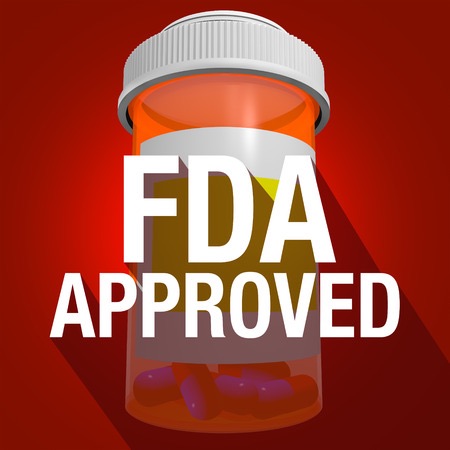 The U.S. Food and Drug Administration (FDA) announced on Wednesday that it will be making it easier to develop biosimilar drugs in its ongoing effort to lower drug prices.
The U.S. Food and Drug Administration (FDA) announced on Wednesday that it will be making it easier to develop biosimilar drugs in its ongoing effort to lower drug prices.
The agency published draft guidance yesterday that recommended relaxing the requirements “to support a demonstration of biosimilarity in a biologics license application (BLA) submitted under section 351(k) of the Public Health Service (PHS) Act.”
In particular, the guidance suggested that a comparative analytical assessment (CAA) is “generally more sensitive than” Comparative Efficacy Studies (CES) and that sponsors should “carefully consider” which studies to use in supporting a demonstration of biosimilarity.
If a CAA shows that “the proposed biosimilar is highly similar to its reference product, notwithstanding minor differences in clinically inactive components, an appropriately designed human pharmacokinetic similarity study and an assessment of immunogenicity may be sufficient to evaluate whether there are clinically meaningful differences between the proposed biosimilar and the reference product in terms of safety, purity, and potency,” said the guidance. In this case, “FDA recommends that sponsors consider a streamlined approach where a CES may not be necessary to support a demonstration of biosimilarity.”
The guidance provided three instances in which a streamlined approach should be considered:
- “The reference product and proposed biosimilar product are manufactured from clonal cell lines, are highly purified, and can be well-characterized analytically;
- The relationship between quality attributes and clinical efficacy is generally understood for the reference product, and these attributes can be evaluated by assays included in the CAA; and
- A human pharmacokinetic similarity study is feasible and clinically relevant.”
The aim of the draft guidance, according to an FDA press release, is to “reduce unnecessary clinical testing” in order to get cheaper biosimilars to market faster. While biologics make up only 5% of prescriptions in the United States, they account for 51% of total drug spending as of 2024, according to the FDA press release.
A Fact Sheet also provided by the FDA said that “biosimilars have generated $56 billion in healthcare savings since 2015, with $20 billion saved in 2024 alone” and that “the sales price for biosimilars is on average 50% less than the reference brand biologic price was at the time of biosimilar launch.”
“Biologics treat many chronic diseases, but for too long, a burdensome approval process has kept patients from accessing more affordable biosimilars,” said Health and Human Services Secretary Robert F. Kennedy Jr. in a statement.
While Kennedy called the FDA’s announcement a “bold action,” the draft guidance noted that it is being distributed for comment purposes only and that it: “when finalized, will represent the current thinking of the Food and Drug Administration (FDA or Agency) on this topic” but “does not establish any rights for any person and is not binding on FDA or the public.”
Patient advocacy organization Patients for Affordable Drugs (P4AD) applauded the move, and its Executive Director Merith Basey said that “expediting the biosimilar approval process – by cutting unnecessary red tape and streamlining duplicative clinical trials – will help speed lower-cost treatments to market for diseases like cancer, arthritis, and autoimmune conditions, delivering relief to patients who’ve waited too long for more affordable options.”
Some commenters have noted that whether a biosimilar is prescribed in lieu of a biologic is not up to the FDA, so the plan will not necessarily translate to cheaper prices for patients.
However, the FDA press release also noted that it plans to “make it easier for biosimilars to be developed as interchangeable with brand-name biologics, helping patients and pharmacists choose lower-cost options more easily,” via a separate initiative.

![[IPWatchdog Logo]](https://ipwatchdog.com/wp-content/themes/IPWatchdog%20-%202023/assets/images/temp/logo-small@2x.png)


![[Advertisement]](https://ipwatchdog.com/wp-content/uploads/2025/09/UNH_HybridJD-Ad-B-2025-350-x-200-Junior-Varsity.jpg)

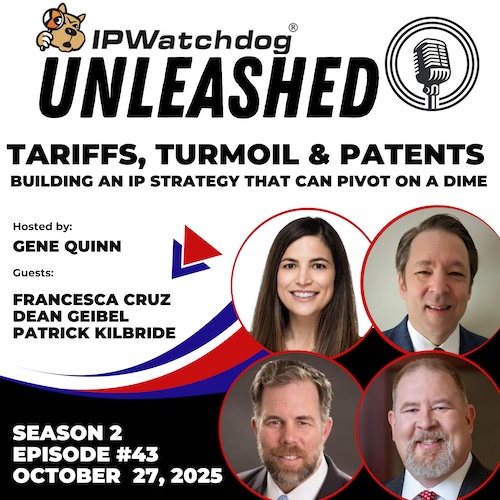


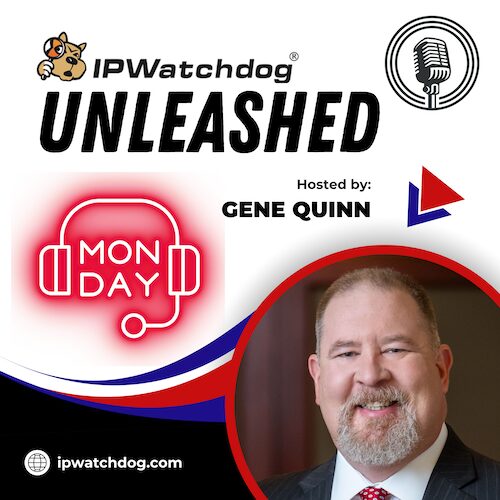
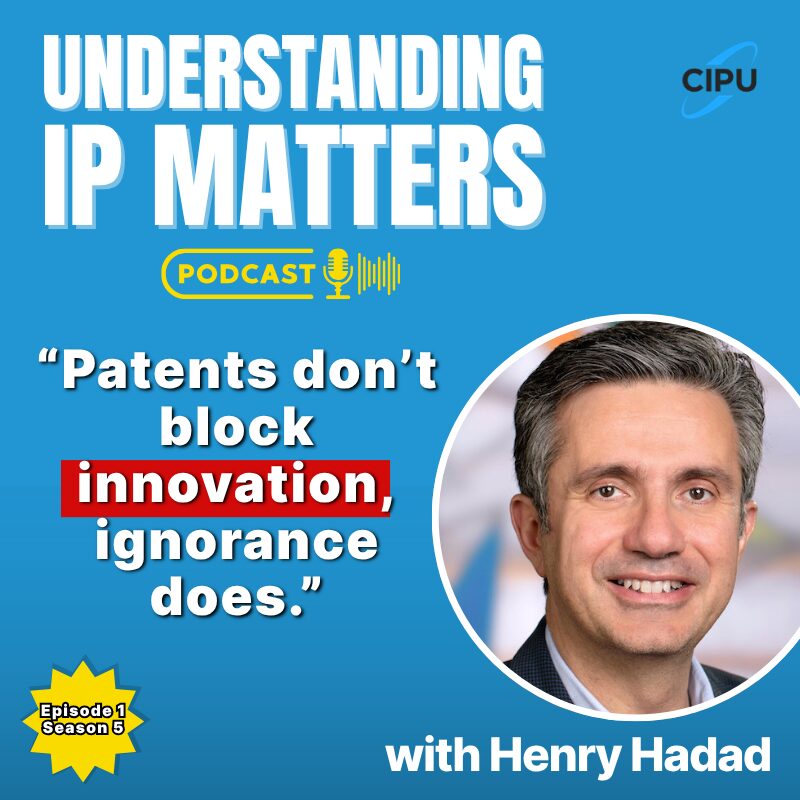
![[Advertisement]](https://ipwatchdog.com/wp-content/uploads/2021/12/WEBINAR-336-x-280-px.png)
![[Advertisement]](https://ipwatchdog.com/wp-content/uploads/2021/12/Ad-4-The-Invent-Patent-System™.png)

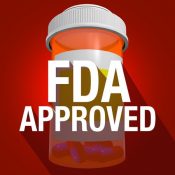


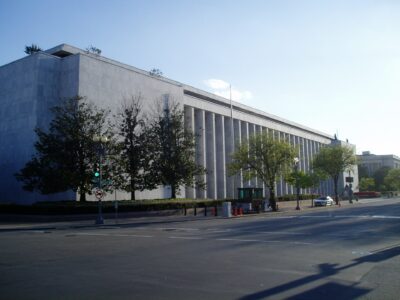

Join the Discussion
No comments yet. Add my comment.
Add Comment